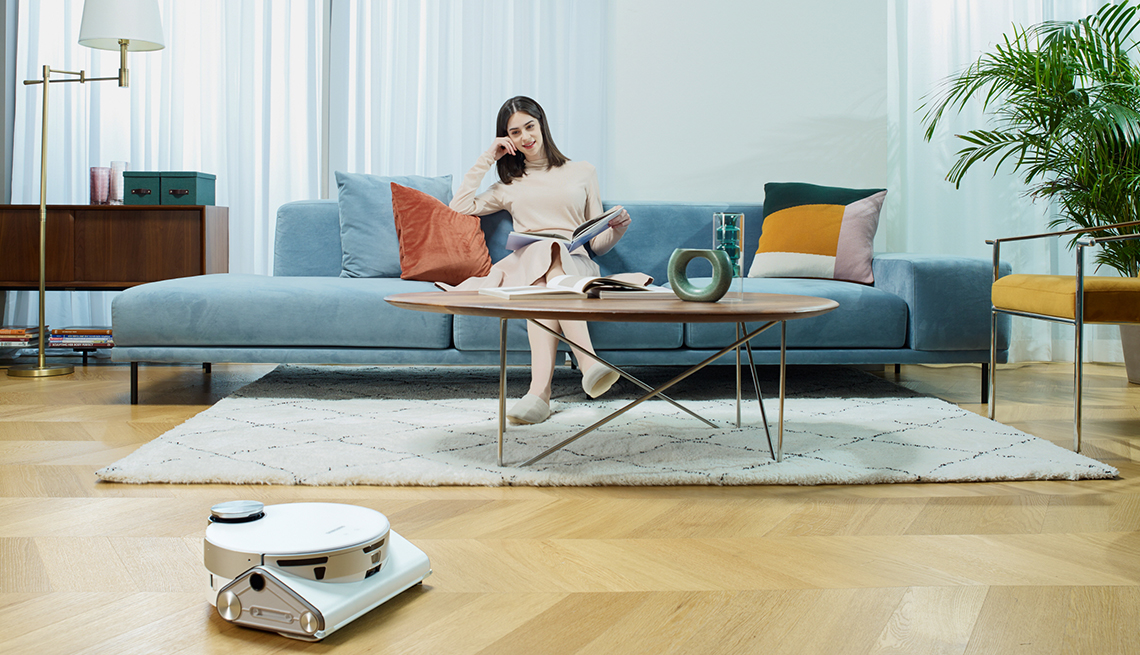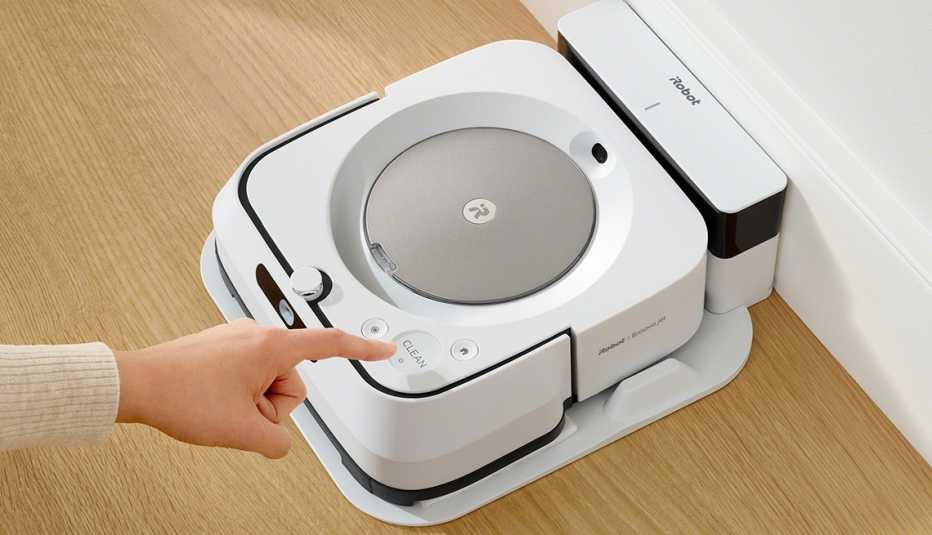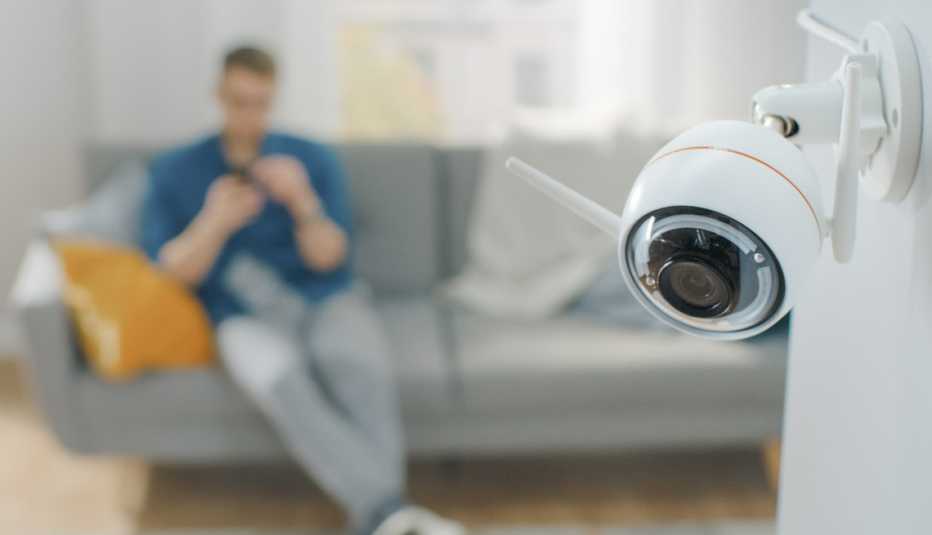Staying Fit
The future where robots do our cleaning is here — almost.
Cindy Elise Tognazzini, 52, works a 9 to 5 sales job from her home in Agua Dulce, California. In the evenings, she runs Shamrock “T” Ranch from her barn, teaching riding lessons, training horses and tending to animals on her multi-acre property.


AARP Membership— $12 for your first year when you sign up for Automatic Renewal
Get instant access to members-only products and hundreds of discounts, a free second membership, and a subscription to AARP the Magazine.
With all the dust, dog hair, horse debris and other dirt that comes along with living in the country, Tognazzini just couldn't keep up with the cleaning — until she bought her first robot vacuum, a Roomba, in 2015.
Tognazzini now has three of the dirt-sucking robots stationed around her house. All are set to clean when she heads out to the barn. “It's a huge timesaver for me,” she says.
While vacuums may be the most common home cleaning robots, other automations use sensors, artificial intelligence technology and robotics to tackle projects that include mopping floors, cleaning windows, mowing lawns, dry cleaning clothes and even patrolling the house via cameras from an app on the phone. While more specialized products, like laundry-folding, haven't come as far, there are promising advances.
"Smart technology has taken off within the last five years,” says Barton Paulhamus supervisor of the intelligent systems branch at Johns Hopkins University's Applied Physics Laboratory. New devices are “bringing intelligence inside the house” but in a way that's user-friendly and simple.
Robot vacuums evolve
The vacuum robots of today are drastically different from the originals. As of 2020, more than 30 million Roombas — essentially the Kleenex of the robot vacuum — have sold worldwide. According to Fortune Business Insights, the worldwide robotic vacuum market was valued at $8.19 billion in 2019 and is expected to reach $46.7 billion by 2027.





































































